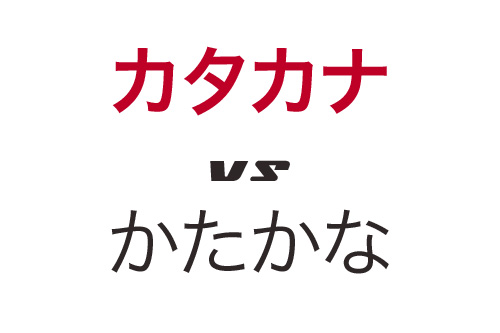
After receiving extremely useful comments regarding my Katakana analysis, I have done further research on the connection between modernity and Katakana. Initially, I expanded the primary usage of Katakana to be more than just foreign and loan words by exploring its symbolic meaning rendered through aestheticism. More specifically, I noted how even the way Katakana looks renders a sense of modernity, or as "IncessantlyAyame" points out "angular." However, after receiving a comment regarding Liting pushing for more explanation for how the sense of modernity is rendered through Katakana, I decided to expand my analysis. After all, how do we differentiate modernity associated loanwords itself from the actual usage of Katakana.
To refresh, the two usages of Katakana I chose to analyze were: 1) a street sign that says "Do Not Throw Away Trash" (ゴミをすてないで), in which ゴミ vs. ごみ. And 2) a magazine in which the loanword レトロガール exemplifies Retro Girl. The puzzling phenomenon is that both of these usages of Katakana are not necessary and would not impair the understanding of these terms if Hiragana was used. Why, then, is Katakana used?

For the trash sign, I still believe that the primary reason is that the juxtaposition between Hiragana and Katakana causes the viewer to focus on the term, "trash." Katakana serves the purpose of the sign: it brings attention to the most important word in order to promote environment-friendly practices. Therefore, the attention aspect of Katakana is not disputed.
For the magazine, however, I have a different approach of how to analyze this Katakana usage. Originally, I predicted that Retro Girl exhibits a rather modernized and hip tone since foreign words have been associated with modern to appeal to a younger crowd. I also pointed out to the angularity of Katakana. However, "IncessantlyAyame" also brings up an interesting fact: Retro means going back to the past, which is the opposite of modern. Then why is Katakana employed in this case?
While doing some research, I stumbled upon a paper titled, "The Use of English in Japanese Advertising" by Douglas Goldstein (http://repository.cmu.edu/cgi/viewcontent.cgi?article=1120&context=hsshonors). He points how that there are two functions of Katakana: a decorative function and a communicative function. I explained the decorative function already, but I think that I neglected to focus on the communicative function. Although Goldstein argues that the communicative aspect is lost because there is a lack of fluency in English, I see the value of transferring the meaning of English terms without losing meaning through translation. This is kind of an in between from translating a word and just adopting a new language. After all, when I took the class Translating in East Asia with Professor Martin Kern, we analyzed how translating one term could change the whole meaning of literature.
Overall, textbooks do emphasize Katakana's usage of loanwords and emphasis. In fact, after reading all the comments, I don't think the decorative aspect is that downplayed anymore. Textbooks, with the mass medium of advertisement, can easily detect the decorative aspect rendered through the physical attributes of Katakana. However, the communicative aspect is something that is not often studied and can definitely bridge the "mysteriousness" of why and how Katakana is used. It also brings this usage into the broader discussion of translation and adaptation of new languages in general.

















